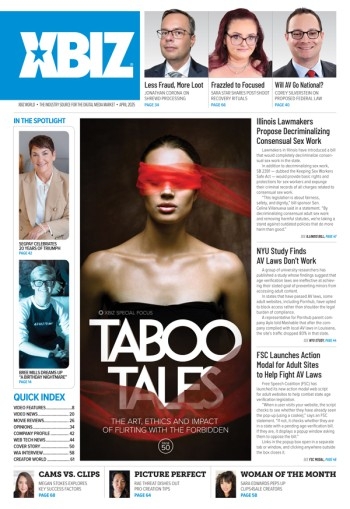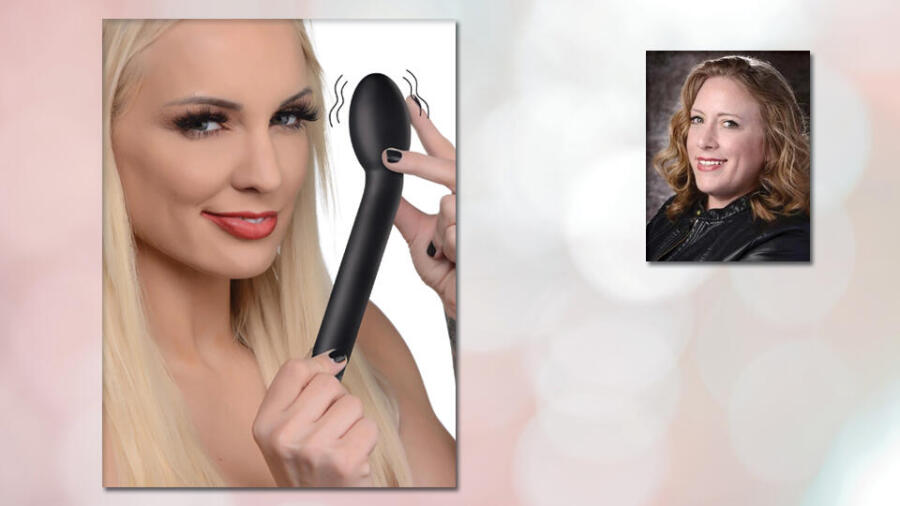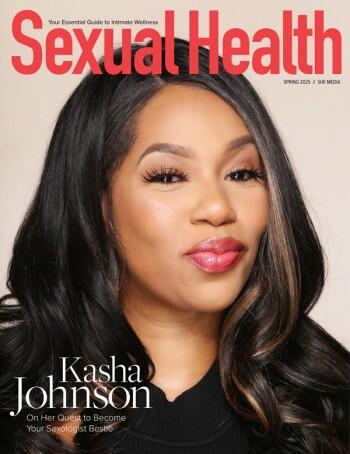When it comes to sex, pleasure and anatomy, few things are as lauded, debated, fixated on or misunderstood as the so-called G-spot. Yet for all the attention paid to it, the G-spot is often still shrouded in mystery and misinformation. From its total misnomer of a name to media campaigns dedicated to debunking its existence, this pleasure point has had a lot working against it. That’s why today we are taking on G-spot myths and misunderstandings. Because the G-spot is so much more than a “spot.”
To understand the G-spot, we need to understand just how much misinformation about it is floating around. This is the stuff a lot of us — including your customers — have heard over and over, so it’s helpful to be aware that it’s out there, to understand how prevalent it is and to know how to speak to it when it comes up on the sales floor.
This is an opportunity to provide clarification and information about this area of the body while centering specific product recommendations.
Myth #1: The G-spot is a spot.
The name “G-spot” has a problematic history. First, the “G” comes from Dr. Ernst Gräfenberg, the doctor who is credited with “discovering” this part of the body as though it were an unexplored piece of land. Worse, the “spot” part stems from a misunderstanding of anatomy and, likely, a misrepresentation of sexual pleasure.
Over the last few decades, there has been a lot of research into this area of the body, and what we’ve learned is that the G-spot is not a spot so much as a general area. It encompasses several key parts within the pelvic area, including the internal portion of the clitoris, the urethral sponge and an interconnected network of nerves.
For readers who aren’t familiar with the full clitoral structure, the clitoris is like an iceberg: some of it is visible above the surface, but most of it is not visible because it is under the surface. Some people describe its shape like a wishbone. The top of the wishbone would be the external part of the clitoris, called the glans, which is the part we can see at the top of a person’s vulva. The two branches of the wishbone would be part of the internal portion of the clitoris, which are often called clitoral “legs.” Between them are two additional extensions that are often called clitoral “bulbs.” The clitoral glans, legs and bulbs all connect at a central meeting point, which happens to be inside the body right where the “G-spot” area is.
Commonly accessed via firm pressure against the front-facing wall of the vagina, this area is sometimes identified by what feels like a ridged texture, but you might be surprised to learn that not all vaginas feature this telltale texture.
As researchers began learning more about this part of the body, they gave it a more accurate — though harder to pronounce — name: the clitourethrovaginal complex, or CUV complex. The interconnectedness of this multifaceted area of the body means that it’s not really accurate to consider it simply a “spot.” For the remainder of this column, therefore, I will be referring to it as the CUV complex.
Myth #2: The CUV complex is a bodily organ.
If you were trying to label the CUV complex in an anatomy diagram, you wouldn’t be looking for a specific organ because, as mentioned previously, it is actually an area made up of multiple parts. It’s also not discrete or easily identified, like a spleen or appendix. Locating this area that, for many people, feels intensely pleasurable isn’t like trying to locate a bone, joint or organ.
Myth #3: The CUV complex isn’t real.
If it’s not a “spot” and it’s not an easily identifiable piece of anatomy, then it must not exist, right? Wrong! Over the years, articles featuring headlines like “There’s No Proof the G-spot Really Exists!” have circulated and created controversy. Historically, mainstream media hasn’t been kind or accurate when representing the sexual anatomy and pleasure of cisgender women, partly because sex research historically left them out completely. It took until 1998 for research to be published describing the clitoris as more than just a “bean,” and the full structural anatomy of the clitoris wasn’t published until 2005!
While our understanding of the CUV complex has often been wrong, it is certainly undeniable that many people experience tremendous pleasure from stimulating it. The question shouldn’t be “Is the CUV complex real?” so much as “How can we more accurately talk about, and make products for, the CUV complex?”Myth #4: The CUV complex is the “female prostate."
Our brains love connecting unrelated things via something they have in common. The prostate and the CUV complex are therefore often described similarly: they are both areas inside the body that respond to stimulation with firm, curved toys — or the famed “come-hither” motion — and for people who enjoy it, both can deliver intense pleasure and even orgasms.
But remember: The prostate is a gland, and the CUV complex is an area of interconnected parts. They are two very different things!
Myth #5: The CUV complex is the holy grail of pleasure.
The CUV complex is often discussed as some kind of magic button. Once a person finds it and presses it, orgasm and ecstasy will follow! Unfortunately, that’s another misrepresentation of sexual pleasure.
Many people love having this area simulated. Some are able to orgasm from it and others might even squirt, but others hate how it feels and find no pleasure in it whatsoever. Some feel totally indifferent about it. Like most aspects of sex and pleasure, it truly depends on each individual person. As with many things we talk about in adult retail, it’s important to avoid generalizations or making assumptions about our customers and their pleasure preferences.
How should we talk about “G-spot” toys?
Shoppers looking for “G-spot” toys are usually seeking something that can stimulate the front vaginal wall with little to no effort, and there are plenty of products you can recommend. This is an opportunity to provide clarification and information about this area of the body while centering specific product recommendations. They may not know what a “CUV complex” is at first, but you can help them leave your store with not only a product they feel excited about, but also new information they can take to their partners and friends.
For beginners, recommend a classic entry-level G-spot vibrator that isn’t intimidating to look at and is easy to maneuver. It’s also helpful to remember that some people’s favorite sex toy is their finger, which is why finger vibrators can be a great option, allowing users to be a bit more hands-on with their exploration.
When it comes to what is often referred to as the G-spot, there is abundant misinformation awaiting new explorers. By the time shoppers make it to your door, they may be overwhelmed, intimidated, skeptical or confused. By making your establishment a place where they can get the facts and walk away with products that will make them feel good, you can please your customers’ minds as well as their bodies. Do that, and you will likely have a customer for life!
Rebecca Weinberg is an award-winning industry leader with more than 20 years of experience in the adult industry. She is the president of multi-award-winning pleasure product manufacturer XR Brands.








